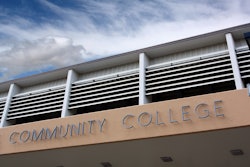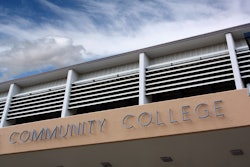If there’s one thing on which a majority of Americans can agree, it is that there aren’t enough jobs to go around these days. But if Americans don’t become better educated, they risk finding that the opposite will be true and that when the nation has fully recovered from the Great Recession, there won’t be enough qualified people to fill the number of available job opportunities.
According to a report titled “Help Wanted: Projections of Jobs and Education Requirements Through 2018,” that the Georgetown University Center on Education and the Workforce released Tuesday, by 2018 there will be 46.8 million job openings, 63 percent of which will require some form of post-secondary education. Currently, approximately 59 percent of jobs require some postsecondary education. The center predicts that the nation will need 22 million new college degrees but will fall short by at least 3 million. In addition, there will be a demand for at least 4.7 million new workers with postsecondary certificates. Based on the center’s calculations, American colleges and universities will need to increase the number of degrees they confer each year by ten percent, which translates to about 300,000 college graduates annually.
Dr. Anthony Carnevale, who heads the center, attributes the increasing demand for a better-educated work force to the increased use of technology, particularly computers, which are used across all industries.
“The tasks that are not repetitive are where the value is in every job now and the skills required to perform non-repetitive tasks—solve problems, interact with others in an increasingly service-based economy, and so on — tend to require some kind of postsecondary education,” Carnevale said. There has been a rise in the demand for postsecondary education since the 1981 recession and it will continue to do so “in a fairly aggressive way,” he added, and the effect of globalization will accelerate it even more.
The highest proportion of jobs requiring at the minimum a bachelor’s degree will be in Northeastern states, while jobs for high school graduates and dropouts will most likely be found in Southern states. The greatest concentration of postsecondary educated workers will be in STEM fields; technical and professional health-care jobs; community services and arts; and managerial and professional office occupations.
“The report is evidence that a college education matters,” said U.S. Department of Education Under Secretary Martha Kanter. She also believes it is perfectly in sync with President Barack Obama’s goal to have the best educated and most competitive workforce in the world by 2020 and Education Secretary Arne Duncan’s cradle to career agenda. The challenge is to marry work and education in more sophisticated ways, particularly since two-thirds of undergraduates have to work while in school.
Dr. Kanter pointed to the University of Texas, Brownsville, which in partnership with its unions, provided a pipeline from high school through an applied B.A., as an example of how to do that. Cisco Networking Academies, she noted, allow to students to get high school and college credit and training that helps them get jobs with the corporation and tuition reimbursement for those seeking bachelor’s and master’s degrees. The report provides an impetus, said Kanter, to seek innovative ways such as these to help the nation meet the goal of increasing the number of college graduates and preparing them to fill openings in the fastest growing industries.















